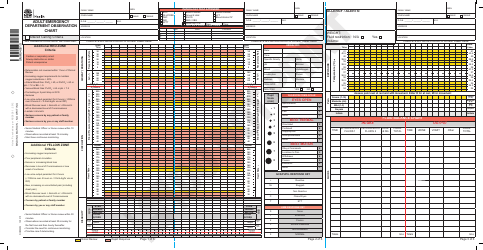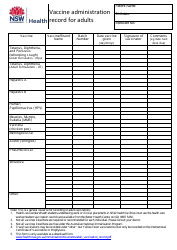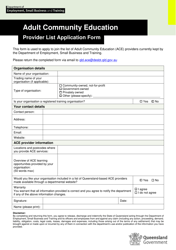Adult Emergency Nurse Protocol - Fever - New South Wales, Australia
The Adult Emergency Nurse Protocol - Fever - New South Wales, Australia is a guideline document designed to aid nurses in making decisions about emergency care for adult patients presenting with fever symptoms in emergency departments in New South Wales. It provides an outline of assessment, care processes, and procedures in managing febrile conditions. It helps to ensure the delivery of standard, effective, and systematic care, while also supporting nurses to practice within their professional boundaries.
The Adult Emergency Nurse Protocol - Fever for New South Wales, Australia is typically filed by Registered Nurses or Nurse Practitioners working in emergency departments or urgent care settings in the state of New South Wales. These healthcare professionals follow the protocol when assessing and treating adults presenting with symptoms of fever. It's important to note that the protocol is a guide, and specific care should be determined on an individual patient basis. The document is overseen and updated regularly by the New South Wales Ministry of Health.
FAQ
Q: What is the Adult Emergency Nurse Protocol for Fever in New South Wales, Australia?
A: The Adult Emergency Nurse Protocol for Fever in New South Wales, Australia, is a comprehensive guideline outlining the procedures and steps emergency nurses should take when attending to adult patients with fever. This may include initial assessment of symptoms, initiating necessary diagnostic tests, providing symptomatic treatment, and deciding on hospital admission or discharge based on the patient's condition.
Q: How is fever diagnosed under this protocol?
A: Fever is typically diagnosed through a combination of clinical assessment and diagnostic tests. This involves determining the patient's medical history, conducting a physical examination, and measuring body temperature. If needed, laboratory tests such as blood tests, urine tests, and imaging studies may be conducted to determine the cause of the fever.
Q: What initial treatment is provided to adult patients with fever under this protocol?
A: The extent of initial treatment under this protocol would depend on the severity and cause of the fever. Generally, symptomatic treatment may include administering antipyretics (fever-reducing medications), ensuring proper hydration, and monitoring vital signs. If the fever is found to be due to a specific infection, appropriate antibiotic, antiviral, or antifungal treatment may be initiated.
Q: Who implements the Adult Emergency Nurse Protocol for Fever in New South Wales, Australia?
A: The protocol is implemented by licensed and registered emergency nurses working in hospitals and care facilities throughout the state of New South Wales, Australia. These healthcare professionals have undergone specific training and education to ensure they provide the best possible care in emergency situations.
Q: What is the process of deciding hospital admission or discharge under this protocol?
A: The decision to admit or discharge a patient from the hospital under this protocol is largely determined by the patient's condition and the cause of the fever. Factors considered may include the severity of the fever, the patient's response to treatment, and the underlying cause of the fever. If the patient's condition is unstable or the cause of the fever requires further investigation or treatment, hospital admission may be required. Otherwise, the patient can be discharged with advice for home care and a follow-up plan.









